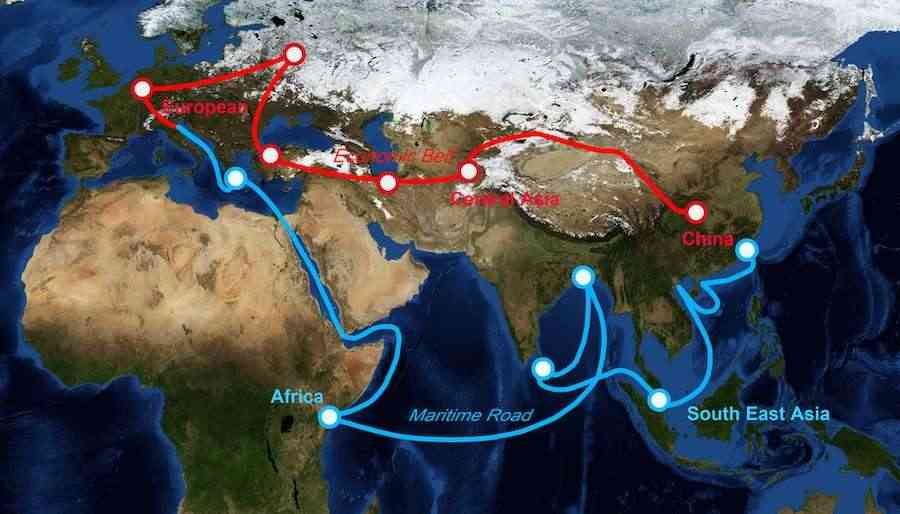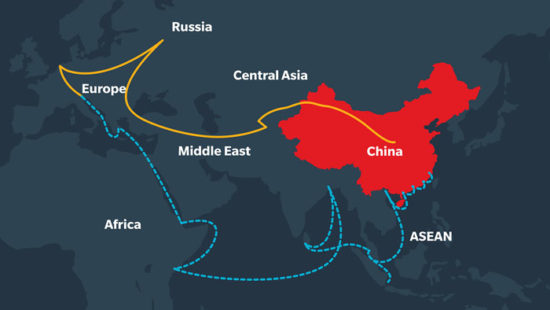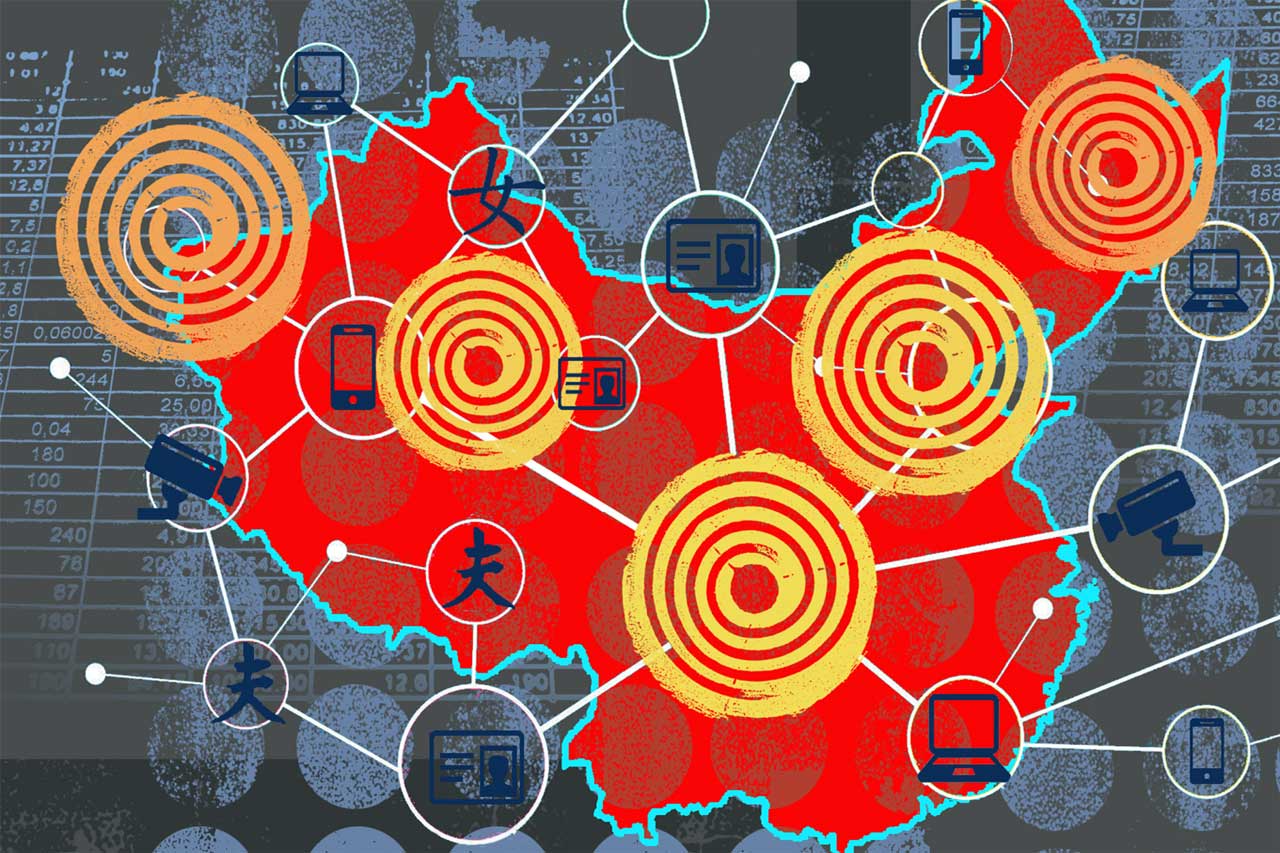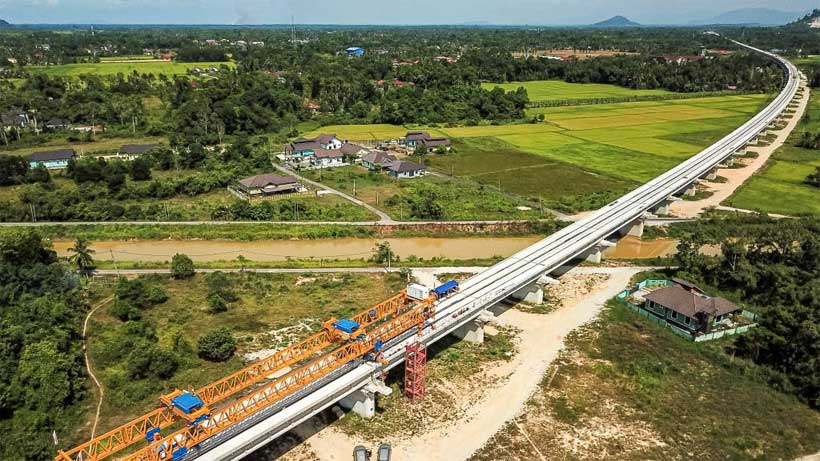As we approach Q2 2025, procurement leaders face a rapidly shifting raw material market, influenced by global supply chain adjustments, inflationary pressures, and sustainability regulations. The landscape is more complex than ever, demanding strategic foresight and data-driven decision-making to stay ahead of rising costs, fluctuating availability, and evolving industry standards. With fluctuating demand, geopolitical factors, and climate-driven disruptions, staying ahead means understanding which materials will see price hikes, where stability exists, and how sustainability efforts are reshaping procurement strategies. Stay ahead of Q2 2025 raw material cost forecasts with key insights for procurement leaders. Learn about pricing trends, supply chain risks, sustainability impacts, and AI-driven procurement strategies to optimize costs and ensure resilience. This article explores key cost forecasts, risk factors, and actionable insights for procurement professionals looking to navigate the months ahead.
Understanding the Cost Landscape for 2025: The New Priorities in Raw Material Procurement
Raw material procurement is no longer just about securing the lowest price—it’s about ensuring supply chain resilience, regulatory compliance, and sustainability alignment. With heightened geopolitical tensions affecting trade routes, extreme weather events disrupting production, and consumer demand shifting toward eco-conscious products, procurement leaders must adopt innovative sourcing strategies. The ability to forecast pricing trends, diversify suppliers, and implement risk-mitigation measures will be critical for organizations looking to maintain stability while optimizing costs.
Moreover, technological advancements in AI-driven predictive analytics are redefining how procurement teams operate. Companies that leverage real-time data, automated procurement platforms, and sustainable material alternatives will gain a competitive edge. By integrating AI-powered forecasting and digital procurement systems, businesses can identify cost trends, predict shortages, and optimize purchasing decisions with greater accuracy. As procurement becomes increasingly complex, a proactive, strategic approach will not only protect profit margins but also future-proof supply chains against ongoing disruptions. In this evolving landscape, those who embrace innovation, sustainability, and data-driven insights will emerge as industry leaders in procurement excellence.
Economic Overview: A Balancing Act
The global economy in 2025 presents a mixed picture. While certain sectors experience stabilization, others grapple with persistent uncertainties. Key factors influencing raw material costs include:
- Geopolitical Tensions: Ongoing trade disputes and policy shifts, particularly involving major economies, continue to impact commodity prices and availability.
- Technological Advancements: The rapid growth of industries such as artificial intelligence and renewable energy drives demand for specific materials, influencing their market dynamics.
- Supply Chain Disruptions: Residual effects from past global events, including pandemics and natural disasters, still affect production and distribution networks.
Metal Commodities: Divergent Trends

Aluminum: Anticipated Growth
Aluminum is poised to be a standout performer among base metals in 2025. Analysts project a supply shortfall, leading to an estimated price increase of 6.3%, reaching approximately $2,573.50 per metric ton. This surge is attributed to:
- Supply Constraints: Limited production capacity expansion and geopolitical factors affecting major producers.
- Demand Increase: Growing applications in automotive and construction sectors, especially with the push towards lightweight and energy-efficient materials.
Iron Ore: Import Growth Amidst Demand Slowdown
China’s iron ore imports are projected to reach a new high of up to 1.27 billion tons in 2025, driven by increased supply from major producers like Australia and Brazil. However, domestic steel demand is expected to decline by 1.5%, influenced by a property market downturn. This scenario suggests:
- Price Volatility: Potential fluctuations due to the imbalance between import volumes and domestic demand.
- Stockpile Accumulation: Increased imports may lead to higher stock levels, affecting global pricing dynamics.
Copper and Nickel: Moderate Outlook
- Copper: Prices are expected to stabilize, with forecasts indicating a modest increase. The metal remains sensitive to macroeconomic shifts, including trade policies and industrial demand.
- Nickel: Facing continued oversupply issues, nickel prices may experience slight declines, though demand from battery manufacturing offers some support.
Agricultural Commodities: Rebound in Specific Sectors

Cotton: Price Recovery Expected
Following an anticipated 10% drop in 2024, cotton prices are projected to rebound in 2025 and 2026 as supply growth slows. Key factors include:
- Production Adjustments: Major producers like Brazil and the United States are expected to reduce output, aligning supply with demand.
- Consumption Increase: A projected 2.3% rise in global consumption supports price recovery.
Natural Rubber: Modest Price Increase
Natural rubber prices have climbed for four consecutive quarters, surpassing $2.00/kg in October 2024. A modest 3% price increase is projected over the next two years, driven by:
- Supply Challenges: Weather-related issues in major producing regions like Southeast Asia.
- Demand from Automotive Sector: Continued growth in tire production supports demand.
Construction Materials: Stabilization with Caution
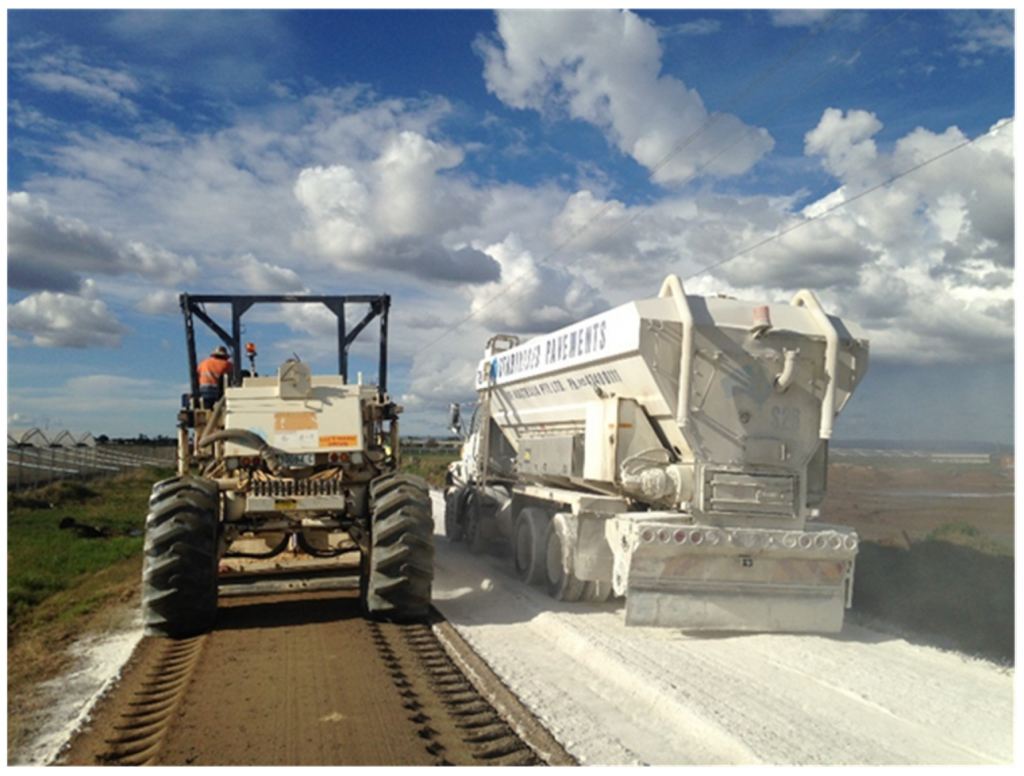
Structural Steel: Gradual Price Adjustment
The construction market continues to stabilize after recent fluctuations. Structural steel experienced a 6.85% quarter-over-quarter increase in Q4 2023 but remained below 2022 highs. Projections for 2025 suggest:
Manufacturers maintain cautious production levels to prevent abrupt price drops, leading to gradual and consistent adjustments.
Lumber: Market Predictions
The lumber market faces uncertainties influenced by housing demand and supply chain factors. While specific percentage forecasts for Q2 2025 are not detailed, industry experts anticipate:
- Price Stabilization: Following previous volatility, prices may stabilize as supply chains adjust.
- Demand Fluctuations: Housing market dynamics and construction activity will significantly impact lumber prices.
Summary Table: Raw Material Cost Forecasts for Q2 2025
| Category | Material | Forecasted Price Change (%) | Key Factors |
|---|---|---|---|
| Metals | Aluminum | +6.3% | Supply constraints, increased demand in automotive & construction. |
| Metals | Iron Ore | Volatile | Higher imports but declining domestic demand in China. |
| Metals | Copper | Slight increase | Sensitive to macroeconomic shifts and industrial demand. |
| Metals | Nickel | Slight decline | Oversupply issues, but battery sector provides some support. |
| Agriculture | Cotton | Price recovery | Supply adjustments, 2.3% rise in global consumption. |
| Agriculture | Natural Rubber | +3.0% | Weather-related supply issues, demand from tire production. |
| Agriculture | Structural Steel | -3.8% | Gradual price adjustment, cautious production levels. |
| Agriculture | Lumber | Stabilization | Housing market and construction activity affecting demand. |
Strategic Implications for Procurement Leaders
Navigating the projected raw material cost landscape in Q2 2025 requires procurement leaders to adopt proactive and flexible strategies:
- Diversify Supply Sources: Mitigate risks by engaging with multiple suppliers across different regions.
- Invest in Technology: Utilize advanced analytics and AI to forecast demand accurately and optimize inventory management.
- Strengthen Supplier Relationships: Collaborative partnerships can lead to better negotiation positions and supply chain resilience.
- Monitor Policy Changes: Stay informed about geopolitical developments and trade policies that could impact material availability and costs.
Insights from Mattias Knutsson
Renowned strategic procurement expert Mattias Knutsson emphasizes the importance of adaptability and innovation in navigating modern challenges. He advocates for:
- Leveraging Technology: Embracing digital tools to enhance procurement processes and decision-making.
- Fostering Resilience: Building robust supply chains capable of withstanding market fluctuations.
- Embracing Sustainability: Integrating eco-friendly practices to align with global environmental standards.
Knutsson’s approach highlights that procurement in 2025 is not merely about cost management but also about driving value, innovation, and sustainability. By adopting these principles, procurement leaders can position their organizations for success in an increasingly complex market landscape.


